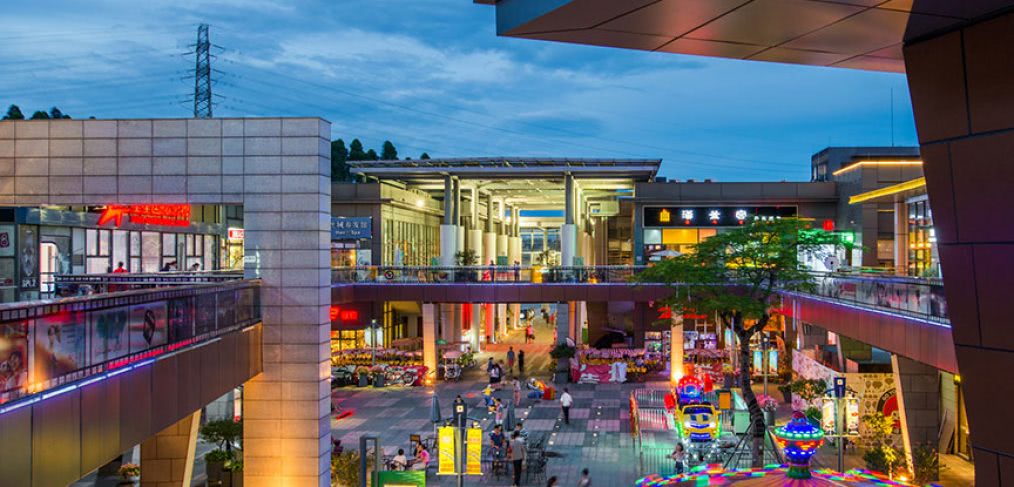
Connecting the Dots: Architecture and Design in a Changing World
What do Tesla, Airbnb and Amazon have in common? They’re all shifting the paradigm for quality of life and the built environment.
Tesla was founded over a decade ago upon the hallowed ground of Silicon Valley and launched the first Tesla Roadster in 2008. Four years later, the company and its prolific founder Elon Musk would introduce the world to Model S, the world’s first four-door electric car and the first automobile on the market readily available for purchase by the consumer without visiting a dealership. Just a couple of months ago, Musk’s other venture, SpaceX, launched its first rocket and is now giving defense contractor stalwarts Lockheed Martin and Boeing a run for their money.
Meanwhile, hotels around the world are, to varying degrees, keeping a watch on Airbnb, the space-sharing marketplace that has disrupted the hospitality industry and brought together millions around its offer to help travelers live like a local—a premise they call “belong anywhere.”
And of course, we are all familiar with Amazon, the behemoth online retailer who bestowed us with the power to order just about anything we want, anytime we want, from anywhere we want, and receive it as soon as we want.
This snapshot of corporate disruptors making waves in our culture and economy may seem disconnected, but they all tell us one thing: the old rules no longer apply.
Redefining the Built Environment
We are simultaneously bombarded by and actively engaging with a plethora of technological innovation. The socio-cultural forces at play that drive us continually toward the pursuit of a richer, fuller, better, more efficient, more convenient life are what make companies like these successful. They are also what will ultimately define us and our environment.
The far-reaching impacts of the 2008 financial crisis have resulted in, among other things, people seeking alternative ways to pursue and maintain the quality of life they desire. This, combined with an influx of new technology that allows us to connect to services and people on a level and with a speed that would likely have been unimaginable a decade ago, enables the innovators of the world to charge ahead.
Our world is changing at a dizzying pace, and the repercussions are varied. If Airbnb and “lifestyle” hotels are changing the traditional notion of travel accommodations, for instance, that has an undeniable impact on how we design a hotel, just as Amazon has an impact on how we shop and Tesla changes expectations around transportation (not to mention their revolutionary Powerwall battery technology, which has huge implications for energy consumption and the simplification of design and engineering).
As architects, designers and urban planners, we are continually challenged with how to accommodate rapid growth and change. So how do we create a built environment durable and flexible enough to support it? We believe the answer lies in connecting the dots.
Sharing is Caring
The notion of shared space is not a new one, but as resources are stretched thinner and people increasingly desire a more compact lifestyle, it is both necessary and desirable. Time and space are decentralized, and people are flocking to urban areas where you can shop, work, dine and be entertained all within a couple blocks’ radius. Underutilized buildings are being revamped, repositioned and given new life—for example, Regus, WeWork and Workbar are all fueling the co-working craze with networks of flexible office space in unused buildings. The same sharing economy that brought us Uber is changing perceptions around how resources are distributed and used.
This approach requires us to erase boundary lines and replace them with connective tissue, and the market we serve has become a reflection of that aim—a tangled and fascinating web of interconnections. Hotels have integrated branded residential condominiums into their space programs; residential buildings offer co-working spaces for a growing group of telecommuters and frequent business travelers; retail stores have brought in food and beverage as an experiential value-add for their customers, and the Mall of the Future is seen as more of a community center than a collection of big-box retailers. Our projects are becoming more complex as a huge mix of uses and needs are united into cohesive developments. And we find that our most exciting ideas come from unexpected collaboration—the juxtaposition of different design disciplines and global best practices applied to local context.
Beginning with the End User
Just as affordability and technology are the driving forces behind the sharing economy, the end user is the driving force behind the built environment’s evolution. As we imagine the future of the retail mall, the hotel, the office or the residential apartment, it’s the changing consumer, the changing traveler, the changing worker and the changing tenant who call the shots. Understanding demographic data and market trends lie at the core of our business, and helping our clients interpret it is at the core of our capabilities.
In the face of a dramatically shifting landscape, we can, at the very least, maintain a consistent and dogged focus on the end user. And if our process begins with the end user, it ends with the adaptable, sustainable, value-driven built environment. This might materialize in the form of 3D-printed systems and materials, creative new applications of biomimicry or the “voluptuous” aesthetic of Zaha Hadid’s work. The future holds thrilling possibilities.
CallisonRTKL recognizes that exceptional design unlocks new potential for the ways in which people live and interact, and we continue to evolve our teams and our expertise to discover new overlap and open up channels for innovation. And when it comes to connecting the dots, perhaps the lines are best blurred.
